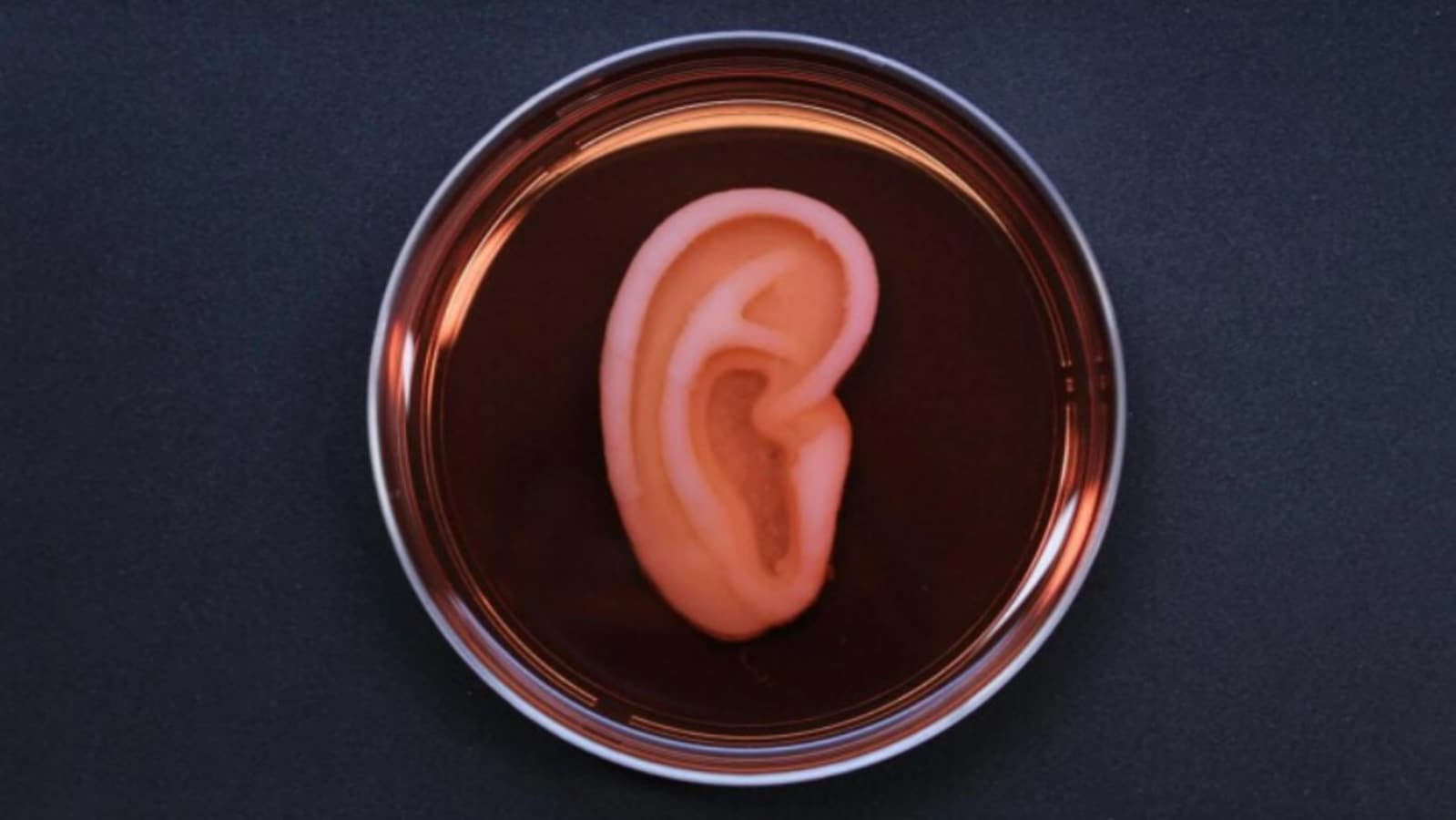
For the first time, a patient gets a 3D-printed ear implant made from her cells. Here is more on the story.
The first instance of a successful medical application of 3-D bioprinting using the patient’s own cells
Alexa, a 20-year-old woman from Mexico received a 3D-printed ear implant created from her own cells. This is the first instance of a successful medical application of 3-D bioprinting using the patient’s own cells. Alexa was born with a small and contorted right ear. She received the new ear printed in a shape that precisely matched her left ear.
The ear was manufactured by 3D Bio Therapeutics, a Queens-based firm focusing on regenerative medicine. On Thursday, the firm announced that the ear transplanted in March will continue to regenerate cartilage tissue, giving it the look and feel of a natural ear
Alexa was born with microtia. It is a rare birth defect causing malformation and reduction of the size of the external ear. This leads to hearing difficulties. As per a previous report, Alexa was keeping her hair long and wearing it loose to hide her right ear. However, she is looking forward to having fun with her hair. She also believes that “self-esteem will go up”.
How is this revolutionary?

Unlike regular 3D printed ear implants and prosthetics, this uses a glob of cells harvested from the patient’s normal ear. Whereas regular methods use lightweight metals and plastics. With more research, the company can also make other body parts such as the noses, spinal discs, knees, rotator cuffs, and many more. They said that 3-D printing could even produce complex vital organs such as livers, and kidneys.
According to the company, 3D bio-printed living tissue ear implant was constructed using AuriNovo, a “groundbreaking” investigational combination product for reconstructing the outer ear in patients suffering from microtia.
Dr. Arturo Bonilla, a pediatric ear reconstructive surgeon based in San Antonio, Texas, who performed Alexa’s implant surgery said- “This study will allow us to investigate this new procedure’s safety and aesthetic properties for ear reconstruction using the patient’s own cartilage cells.”
Experts, part of the clinical trial called it a stunning advancement in the field of bioprinting and tissue engineering.
The company did not release the technical details of the process citing proprietary reasons. However, they said that the design was approved by concerned regulators. Following the completion of the study, it will be published in a journal. Currently, 11 patients are a part of the trial. While there is a possibility of complications or failure of transplant, doctors and officials believe there is a lower chance since it is engineered from the patient’s tissues.


